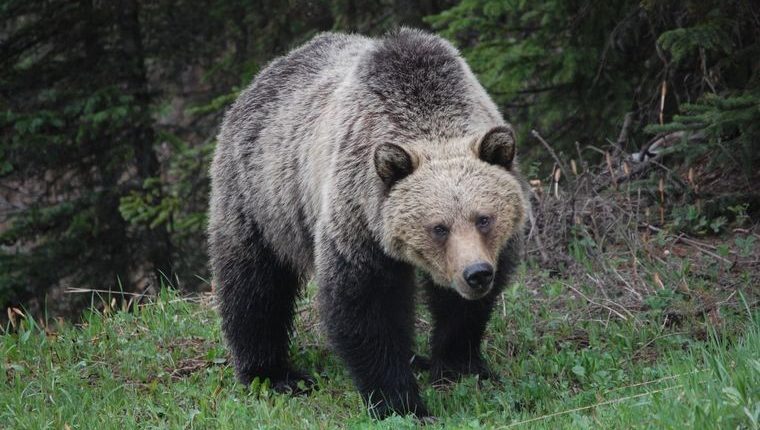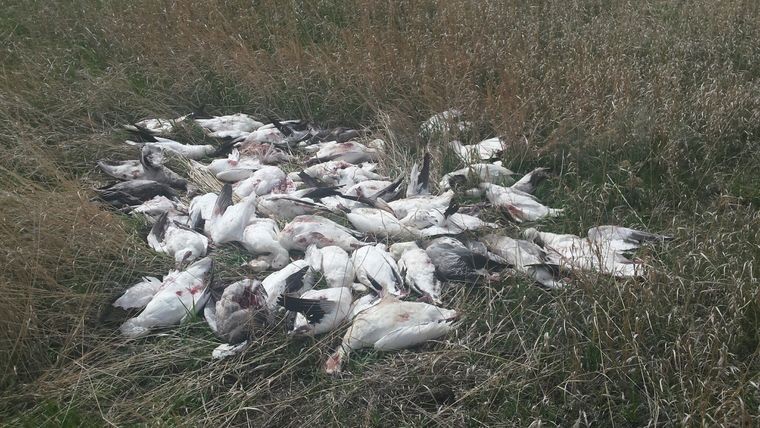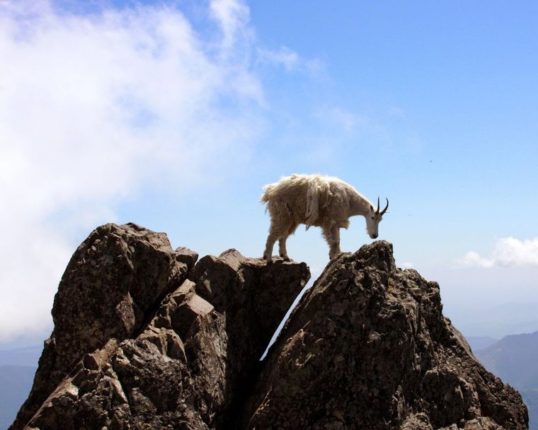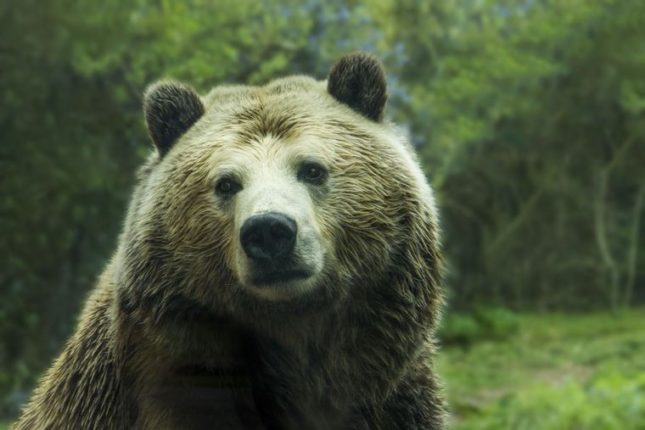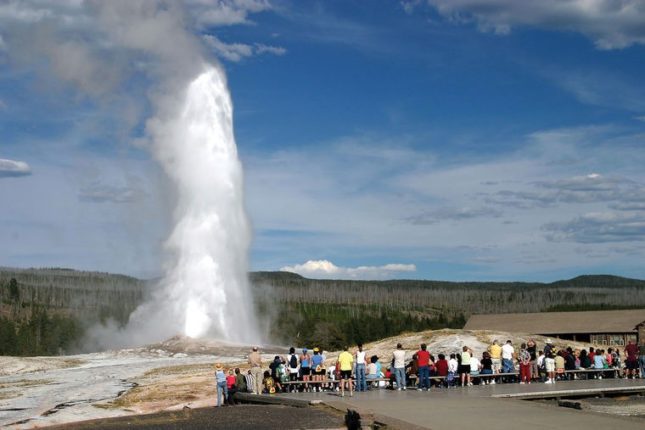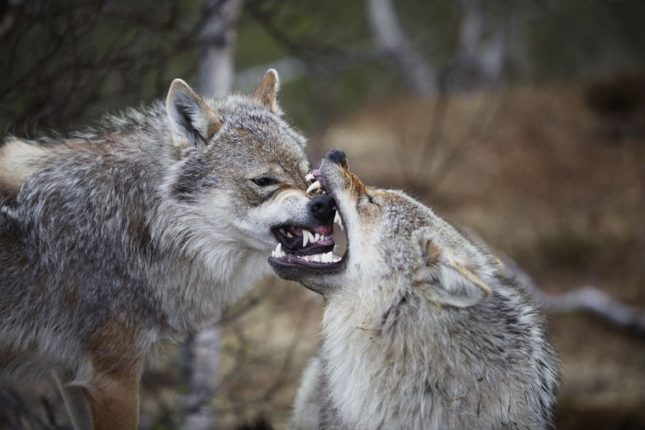CHEYENNE, Wyo. (AP) — Wyoming will hold a wolf hunt for the first time in four years this fall now that a federal court has lifted endangered species protection for wolves in the state, the Wyoming Game and Fish Department said Wednesday.
Planning is now underway for the hunt in northwestern Wyoming, which will probably be similar to the state’s last wolf hunting seasons in 2012 and 2013, officials said.
In 2013, the department allowed hunters to kill as many as 26 wolves in an area outside Yellowstone and Grand Teton national parks and northwest of the Wind River Indian Reservation.
Hunters who were among the 2,153 who purchased licenses that year got 23 wolves. Another wolf killed that was killed illegally also counted toward the 2013 quota.
The upcoming wolf hunting season will not “change in terms of quotas very much. People shouldn’t expect that that’s going to change because they were removing a lot of wolves while they were under federal control,” said game and fish spokesman Renny MacKay.
During the two-year period that wolves were brought back under federal control in Wyoming, wildlife managers continued to kill wolves that preyed on livestock and caused other problems.
The tightly regulated hunting season only applies to wolves’ core territory in the greater Yellowstone area. Elsewhere in Wyoming, where wolves aren’t nearly as numerous, unregulated hunting will take place year-round: Wolves there may now once again be shot on sight by anybody without a gun.
Outside of the wolves’ core habitat, they are classified as predators of livestock, like coyotes.
The shoot-on-sight provision in effect for most of the state has been particularly bothersome to wolf advocates who want to know the state will maintain a viable population.
The state decision to plan for its next wolf hunting season came after the U.S. Circuit Court of Appeals for the District of Columbia on Tuesday put wolves back under the state’s control.
The decision lifted one in 2014 by a federal judge who had sided with environmentalists concerned Wyoming’s plan would not require it to maintain a minimum number of wolves in the state.
A three-judge panel of the court ruled in March that the U.S. Fish and Wildlife Service adequately took into account concerns raised about Wyoming’s wolf-management plan. Environmental groups including the Natural Resources Defense Council declined to appeal.
Instead they plan to focus on stopping efforts in Congress to keep wolves off the endangered list and prohibit legal efforts to keep wolves listed.
“Congress needs to stop meddling with species protection and allow the law work the way it was intended. And that means allowing the courts to review decisions, and make decisions, and allow the agencies to use the best available science to determine whether a species needs protection,” NRDC attorney Rebecca Riley said.
The 2014 ruling put wolves back under federal control in Wyoming days before that year’s wolf hunt was scheduled to begin.
The game and fish department plans to draft this fall’s wolf hunt for the state Game and Fish Commission to consider over the summer. The commission will hold a series of public meetings around the state on wolf hunting before voting on the plan in time for hunting this fall, MacKay said.
The fish and wildlife service would not need to sign off on the plan. Wyoming remains pledged to maintain at least 100 wolves, including 10 breeding pairs, outside Yellowstone and the Wind River Indian Reservation. The state currently has about 400 wolves.
About 5,500 wolves, many descended from wolves reintroduced to Yellowstone National Park in the 1990s, now inhabit the continental U.S. states, where they were once hunted to near extinction.
___
Follow Mead Gruver at https://twitter.com/meadgruver
